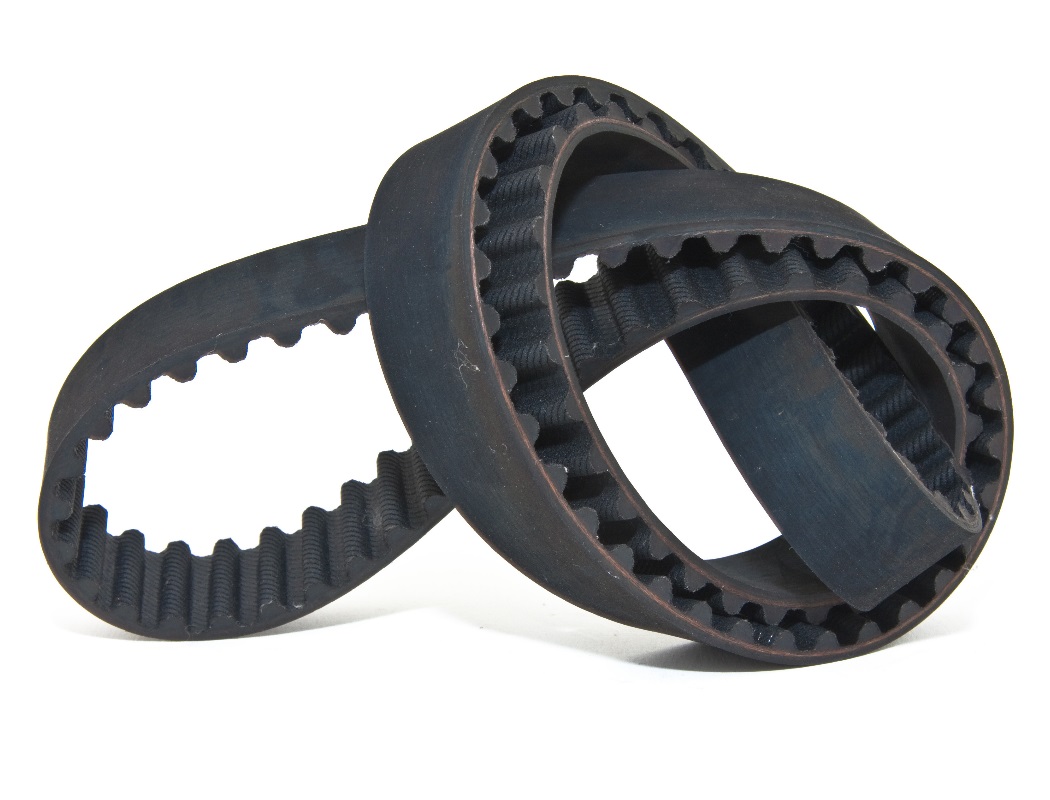Lifetime Parts: Fluid Flushes
If you’re like most drivers, you don’t think about your brakes until they stop working. But, if you’re smart, you’ll take good care of your brakes. You’ll replace the pads and resurface the rotors as needed. Still, when your mechanic recommends that you get your brake system flushed, do you think you should you do it or save the cash?
If you’re like most drivers, you don’t think about your brakes until they stop working (and hopefully you’re not careening down a mountain road when this happens). But, if you’re smart, you’ll take good care of your brakes. You’ll replace the pads and resurface the rotors as needed. Still, when your mechanic recommends that you get your brake system flushed, do you think you should you do it or save the cash?
Brake Flush
Braking systems aren’t indestructible. Parts, like the rubber in the valves in the master cylinder, calipers and wheel cylinders deteriorate. All the nasty little bits that flake off end up in your brake fluid. Plus, the fluid itself can get old and worn out. Moisture can also get in the system. That leads to rust, which leads to more nasty bits in your brake fluid. All this adds up to a brake system with compromised effectiveness and decreased stopping power.
Think of it this way: You wouldn’t skip changing your car’s engine oil, right? It’s the lifeblood of your engine, and when it gets contaminated by impurities, you put the entire engine at risk. It’s the same with brake fluid. Let it get dirty and you won’t be able to stop as well. So while it may not seem like a big deal when you’re standing at the service desk and the mechanic asks if you want him to flush your brakes, but when you’re careening down that mountain road, you’ll understand why it’s an important part of vehicle maintenance.
Coolant Flush
Our car’s radiator is a reservoir that holds water and coolant to help keep the engine cool, and will occasionally require a radiator flush. Your car’s radiator not only helps cool the engine when it’s running, it also helps keep the engine from freezing up during the winter when the car is parked. Depending upon the type of vehicle you have, a radiator can be very small to relatively large, and will be filled with a combination of water and coolant (or sometimes just coolant). Over time, radiators can become dirty, or water and coolant may contain too many impurities that render the coolant ineffective at cooling the engine. This means the radiator will need to be flushed.
There is no set rule for how often you should get your radiator flushed. The frequency of radiator flushes will depend on several factors, such as your own driving habits and the quality of coolant you use. Occasionally flushing your car’s radiator will help extend the useful life of your vehicle.
Over time, the coolant in your vehicle may become acidic and lose its ability to help protect the engine from extreme temperatures. While there is no set schedule for getting a radiator flush, almost all car manufacturers recommend that you drain and refill your radiator with quality coolant at least every other year, or every 40,000 to 60,000 miles, whichever comes first. Occasionally flushing the radiator will help keep it clean and prevent buildup of dirt and sediment. Fresh coolant will also help protect your car engine from extreme cold or hot temperatures, and additives are substances added to coolant and engine oil are done so as to enable them to perform better, last longer, and provide secondary benefits.
Transmission Flush
Most automobile manufacturers recommend that you change your transmission fluid every 3years / 36,000 miles (consult your owner’s manual). If your vehicle is older, or is used for towing, it may be required more frequently fluid flushes.
For those of you who do not keep your vehicles that long, lack of service may not affect you in the 2-3 years that you drive this vehicle, however it will affect the vehicle and the planet in due time. Benefits to you are; stronger resale value of a well-maintained car or truck, and the “green aspect” of keeping it out of the wrecking yard as it begins to change hands.
Power Steering Flush
Do you ever remember when turning the steering wheel was a lot tougher than in today’s vehicles? With improper maintenance, your car or truck today could feel the same way if there is a leak. Be sure to check your reservoir to ensure the fluids are at the recommended levels. It’s normal to have dark fluids over time however, power steering fluid isn’t normally replaced to oftned unless there is an issue. Either way, follow the recommended intervals as suggested in your owners manual.
Fact: What’s the average lifetime replacement cost? Answer: $1199.85-$2399.70Disclaimer Information: The above listed information is based on the average vehicle on the road today is 11.7 years; experiencing sever weather climate, and extreme driving conditions and driving habits. This is the opinion of Total Car Care Guaranteed For Life, Inc and you should always refer to your vehicle owner manual. Price estimation includes parts and labor cost to replace original replacement part.

